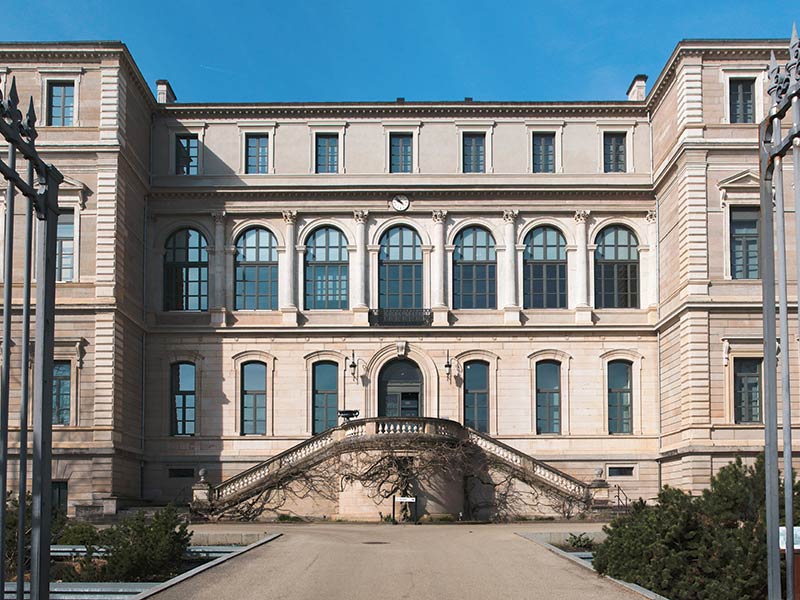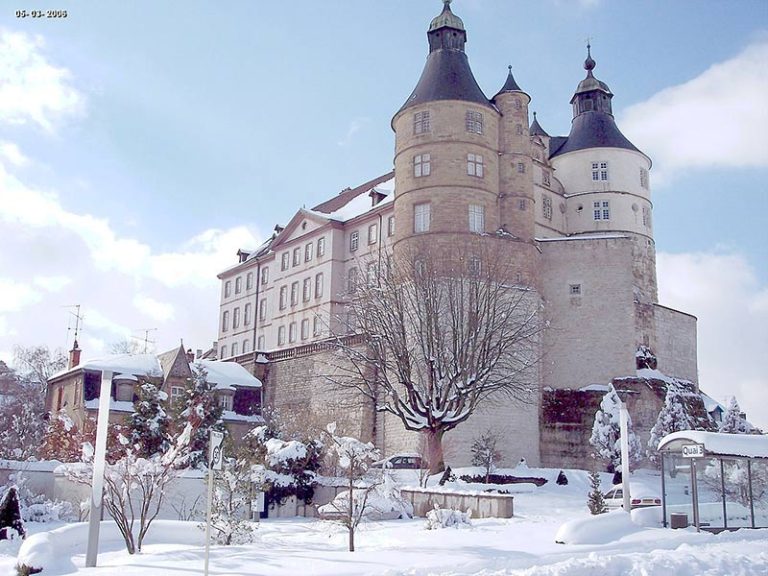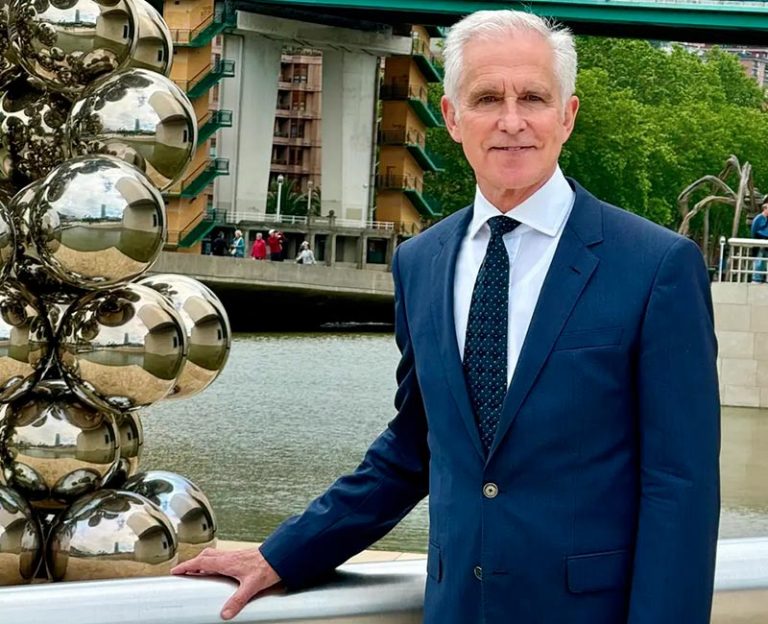Auvergne-Rhône-Alpes. Since 2019, the Museum of Art and Industry and the Mining Museum have merged into a Saint-Etienne museum hub. A decision appreciated by the Auvergne-Rhône-Alpes Regional Court of Auditors (CRC), in its report covering the 2018 and following financial years. As in other cities and towns, this establishment meeting allows savings, particularly on management positions. The CRC nevertheless notes that the division's common accounting does not allow for detailed data on the Museum of Art and Industry.
The city of Saint-Étienne is thus depriving itself of valuable budgetary data in the management of a museum on the verge of major changes. Rehabilitated in 2001 by Jean-Michel Wilmotte, on a 1993 scientific and cultural project led by Nadine Besse, and giving pride of place to industrial collections, the Museum of Art and Industry offers an aging and serial tour, segmented into three major productions: cycles, ribbons and weapons. Judged harshly by the CRC (particularly for the cycle part, which is nevertheless the first French collection in this area), the museography is in the process of being renewed, with the inauguration last year of a first floor giving space to the collections again. of fine arts and decorative arts of the museum.
The CRC welcomes the “pragmatism” of the new PSC, common to both establishments, adopted in 2021, which updates the notions of territory and industry, defined in a way that is now obsolete in the 2001 course. The PSC notes a reduction in temporary exhibitions which penalizes museum attendance, an observation shared by the CRC. From some 50,000 visitors in 2011, the Museum of Art and Industry now attracts 30,000 in its good years. The drop in the number of temporary exhibitions and the budget allocated to these events appears to be a plausible explanation for the erosion of this attendance.
The Saint-Etienne museum is nevertheless recognized for the quality of its temporary tours, which deal with industrial and economic subjects through a historical and artistic prism. This approach should be found in the future permanent route, renewed floor by floor. The city of Saint-Étienne has in fact been mobilizing investment expenditure since 2021 (€600,000 for new permanent spaces, €68,000 per year for the acquisition policy), an effort that will need to be intensified to modernize the routes. cycles and weapons of the museum.







